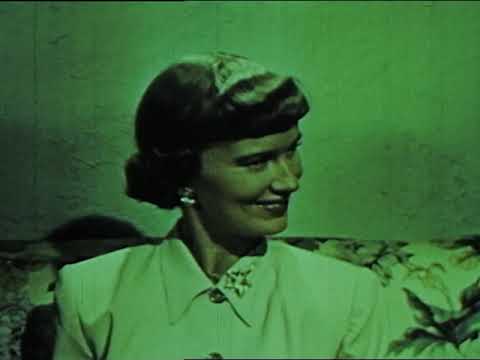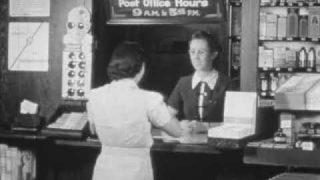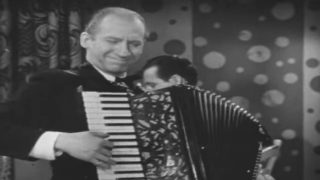
Color Keying in Art and Living (1950)
The film discusses color keying in art and everyday life, explaining how light and pigments interact to create colors. It describes the visible spectrum, primary and secondary colors, and the difference between additive (light) and subtractive (pigment) color mixing. The concept of color keying is introduced, illustrating how surrounding colors can influence the perception of an object’s color. Examples in art, makeup, and interior design demonstrate the practical applications of color keying, emphasizing its role in enhancing visual impressions and aesthetics.
Keywords
color keying, light rays, visible spectrum, primary colors, secondary colors, additive mixing, subtractive mixing, pigment, visual perception, art, makeup, interior design, color contrast, color echo
We digitized and uploaded this film from the Prelinger Archive. Email us at footage@avgeeks.com if you have questions about the footage and are interested in using it in your project.










